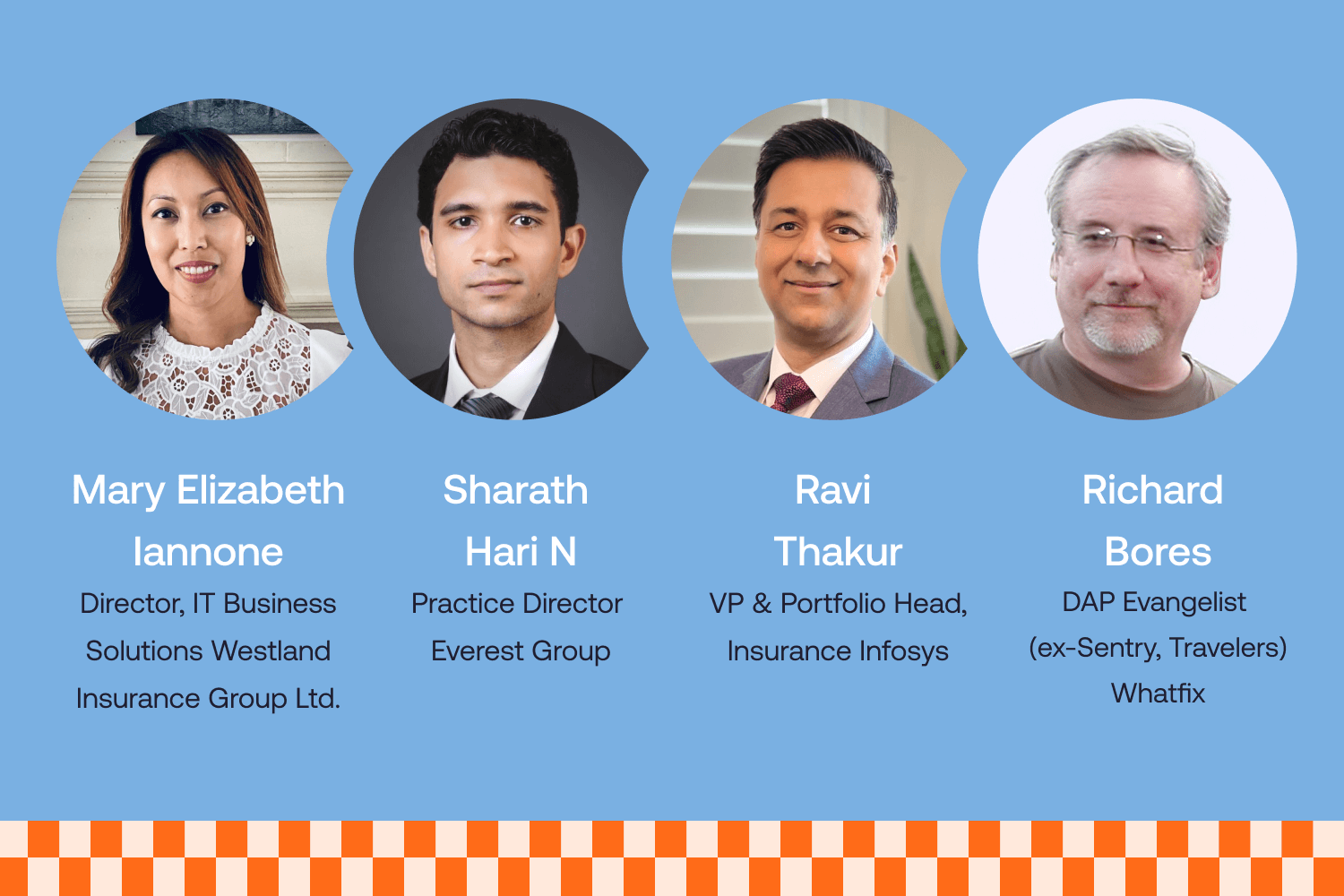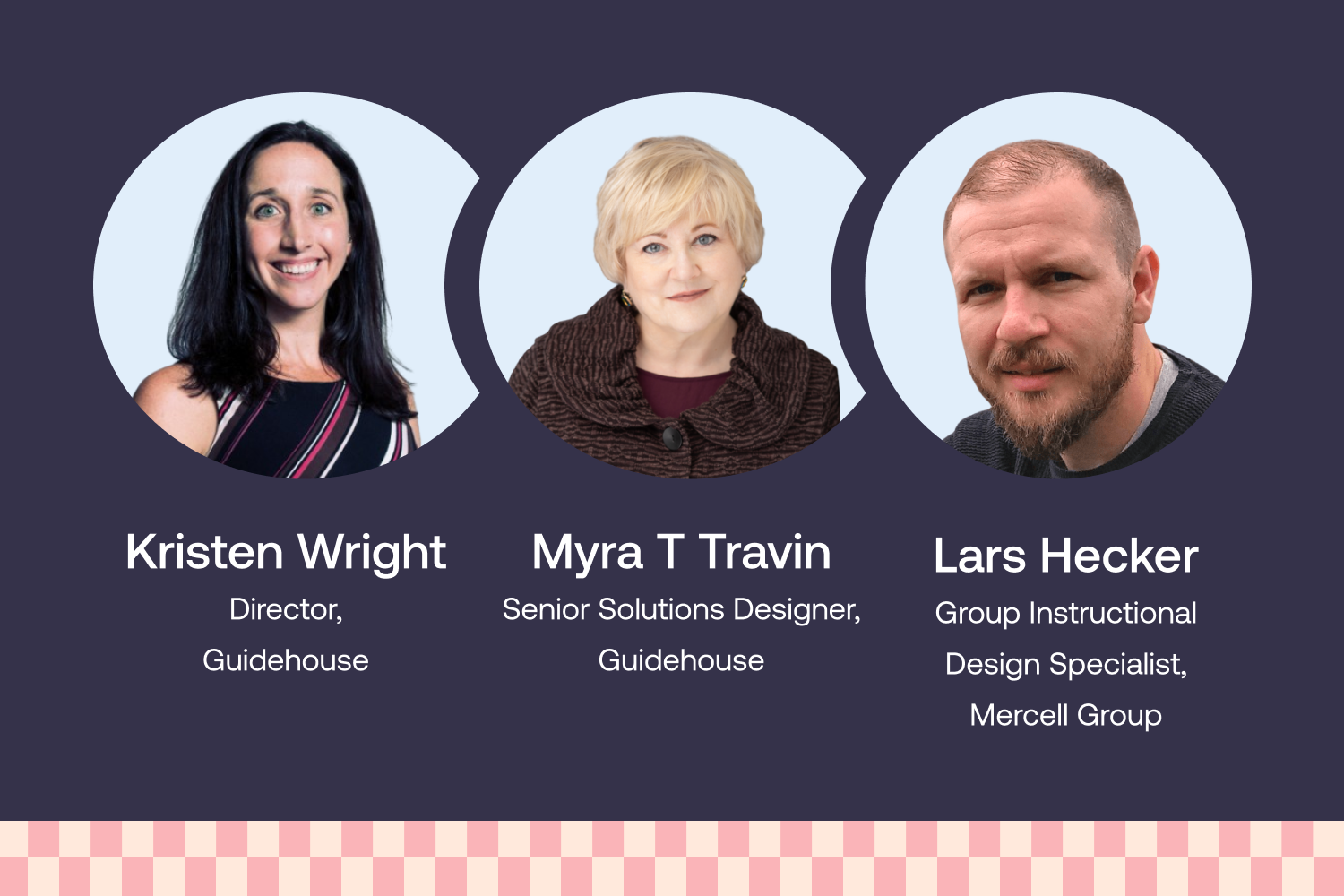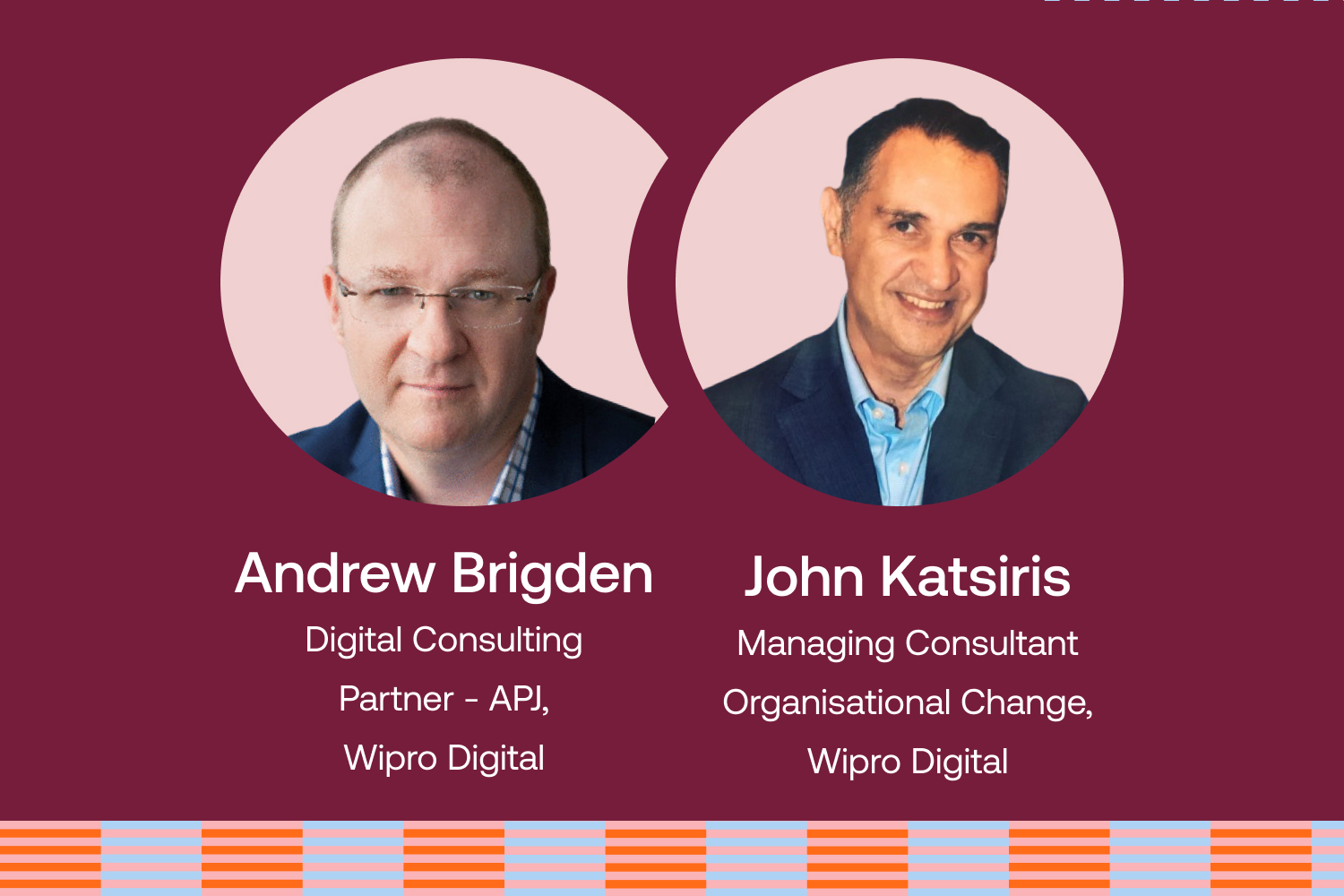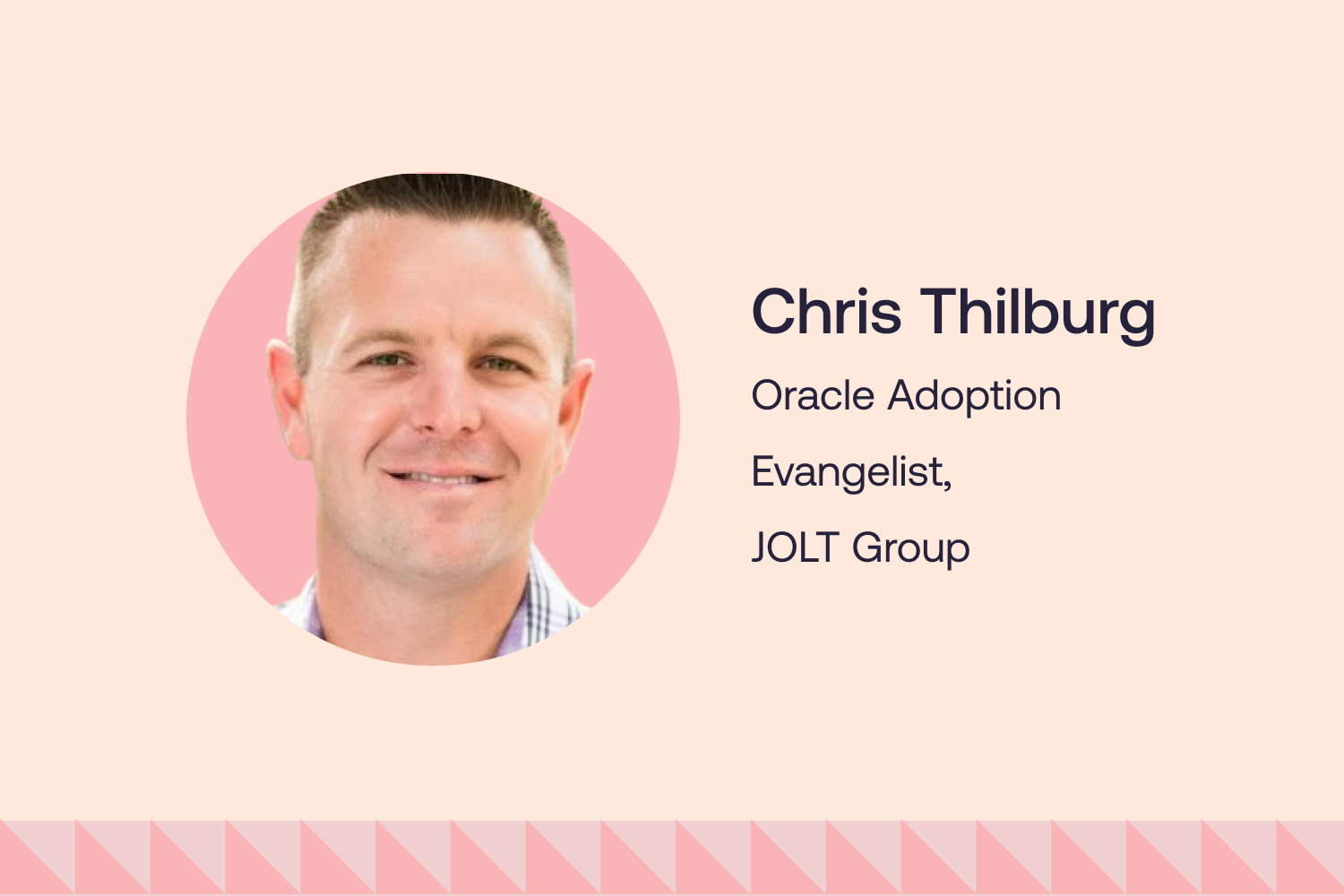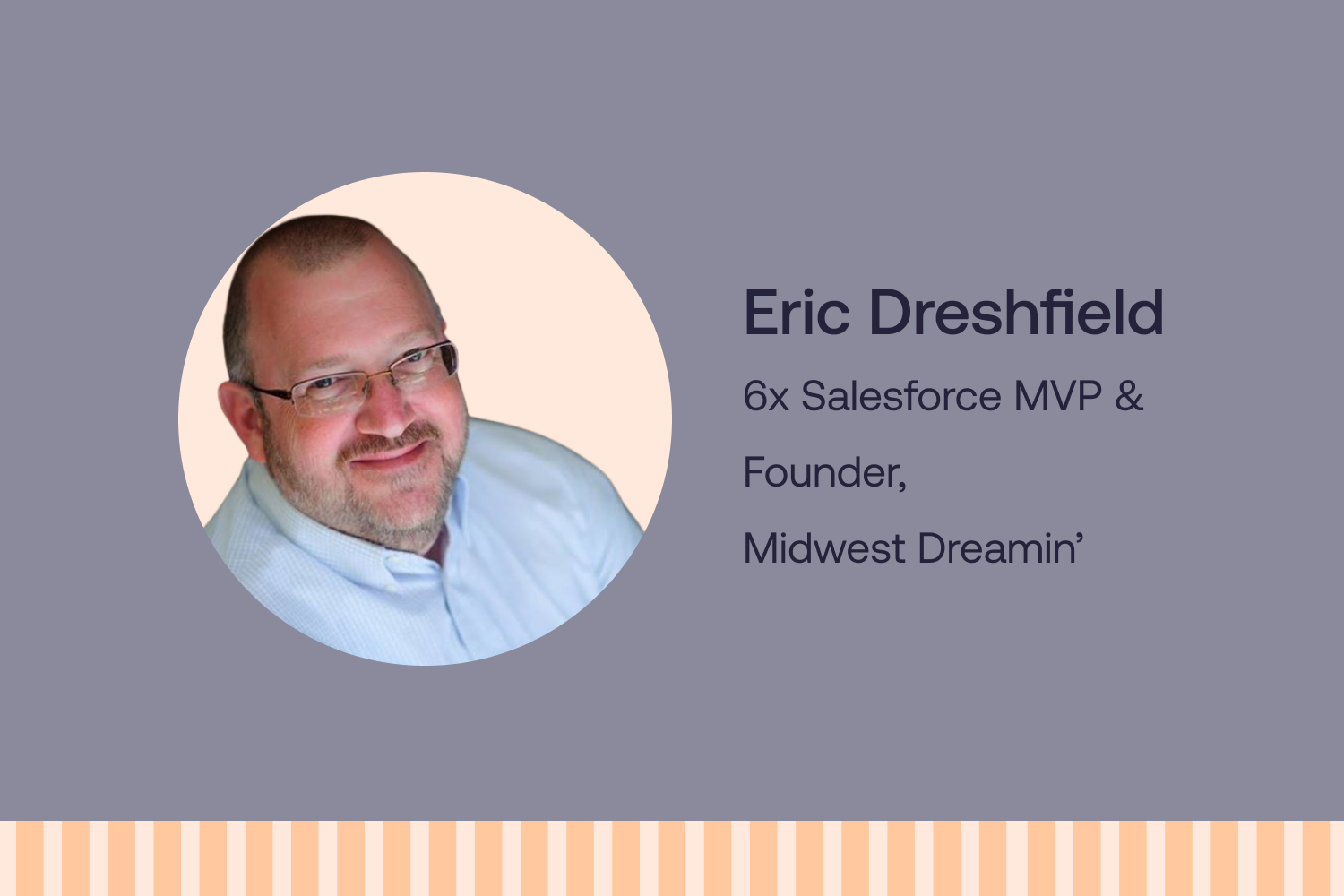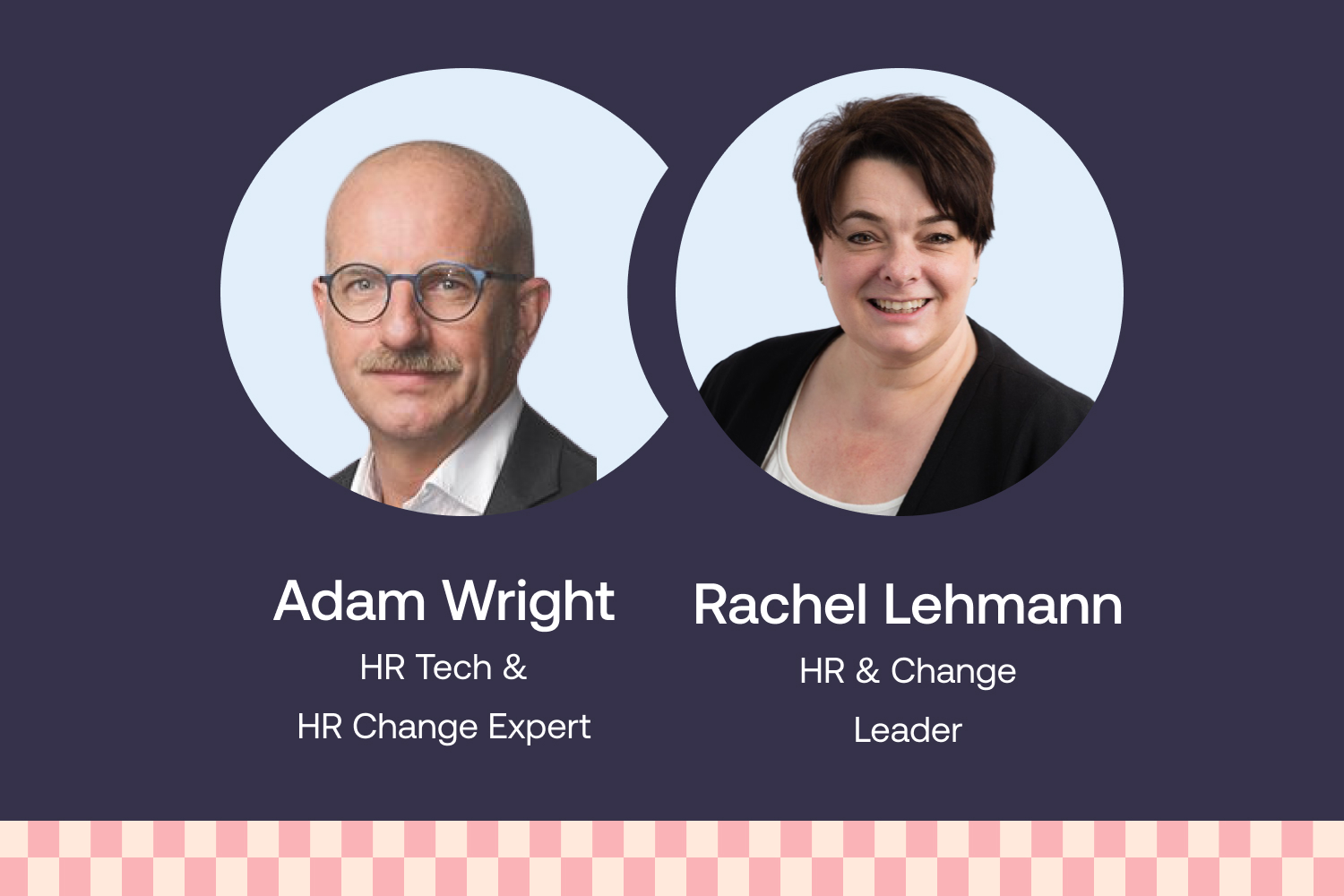Let us begin by having a quick look at a few glaring industry statistics in the post-digital era.
$0.5T
Global Spend – Enterprise Software
$1.3T
Global Spend – Digital Transformation
$3.5T
Global Spend – IT
What we can see here is a large spend on digital transformation, introducing technology into your industries, and a significant spend on software and technology.
On average, a typical enterprise has 163 software applications deployed across the company, and a sales representative is responsible for handling an average of 14 applications per day. And after an organization deploys a software package, on average, the adoption rate is 15% in year one, which means 15% of the individuals are using that software in year one in an expected manner. This significant gap is called a digital debt which leads to underutilized software. The major reason for this low adoption rate is information overload. Handling and switching between 14 applications every day is not easy for employees to handle which can lead to frustration, poor productivity, and wastage of time.
Technology is Accelerating Faster than Our Ability to Adapt
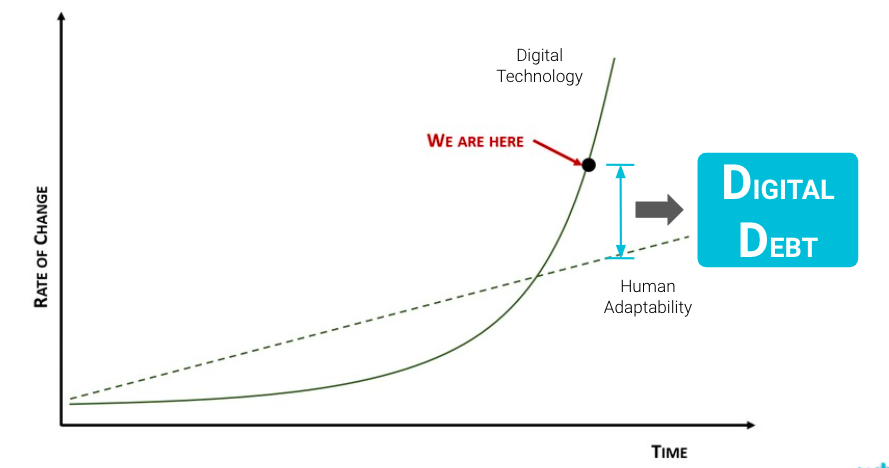
The exponential curve here is digital technology which is truly exponential in 2020, based on the nature of how we changed to remote work which led to more tools and software being adopted. This increase in the technology stack is too much for humans to adapt leading to the digital debt.
So now that we’ve identified the problem, what’s the solution? The solution is to have a second chance at fixing the relationship between humans and technologies. The first thing is to make sure that employees would adapt to the future of work and accept the fact that there are going to be a lot of applications. Then it is important to provide some connective tissue overlay on these applications that connects them to each other, as well as helps to catalyse what one can do in these applications in a seamless manner. So adopting these technologies is key with that connective tissue. And that’s the definition of a Digital Adoption Platform(DAP).
A DAP makes sure that the business outcomes are maximized for the end-users by eliminating technology complexity. It acts as a personalized overlay on top of an application that guides users personally, welcomes them on the application, and gives them the list of tasks they have to complete within that application. A DAP also provides in-app guidance and enables learning in the flow of work to help users understand how to do a particular process at the time they are doing it. Thirdly, with a digital adoption platform, the user is guided step by step within the application to help them complete a task. Lastly, DAP provides contextual help to the user at all times.
New CRM Implementation at Wolters Kluwer – A Case Study
Wolters Kluwer is a publishing, information services company with customers across 180 countries and operations in 40 countries. The company has got around 19,000 employees globally who are split into three arms – the accounting arm, the legal arm, and the healthcare arm.
When Wolters was in the midst of the huge Salesforce implementation process, it created a perfect storm of disruption since it was a huge change. The company’s sales teams work remotely in different time zones across different countries throughout the world. And they had their traditional training methods like videos, their LMS, reference guides on SharePoint, and they had a centralized support team but it was more of a problem than a solution because of the difference in time zones. So there were different challenges that Wolters Kluwer came across while trying to implement their CRM:
- Minimizing 1:1 training
- Error-proofing complex processes
- Reducing onboarding time
- Providing accessible unified support
The Solution – A Digital Adoption Platform Called Whatfix
Wolters Kluwer adopted Whatfix as a solution to their digital adoption challenges and this is how Whatfix provided them the solutions.
- Minimize 1:1 training with in-app, realtime training in the flow of work
- Error-proof complex processes by providing step-by-step guidance contextualized automatically to the user’s role and location in the application
- Reduce onboarding time with an introductory walkthrough of the application
- Provide accessible unified support with contextual, on-demand self-service
The success of Whatfix-Powered CRM at Wolters Kluwer
- Faster ramp-up and time to productivity
- Reduced support tickets and costs
- Reduced time to create/update training and support content
- Enabled personalized training at scale
- Managing change with minimal resistance from end-users
Whatfix Digital Adoption Platforms accelerate digital adoption with personalized training, learning in the flow of work, self-help available at all times, and workflow automation. All these features provided by Whatfix improves ongoing learning and training process, reduces the number of support queries, brings down the total cost of an application, and increases user adoption.
So these were some of the key takeaways from the webinar. In case you missed our webinar or want a more extensive understanding of how to Reintroduce Technology to Employees for the Future of Work, you can simply register for our on-demand webinar recording by filling up the above form.





